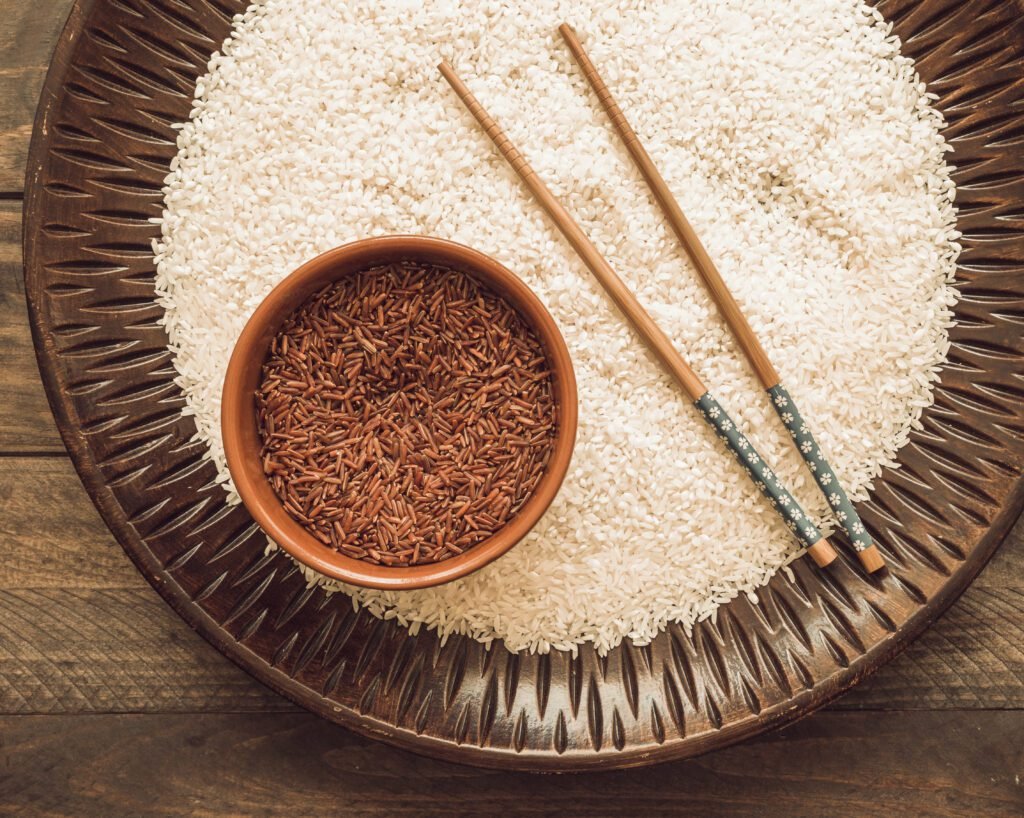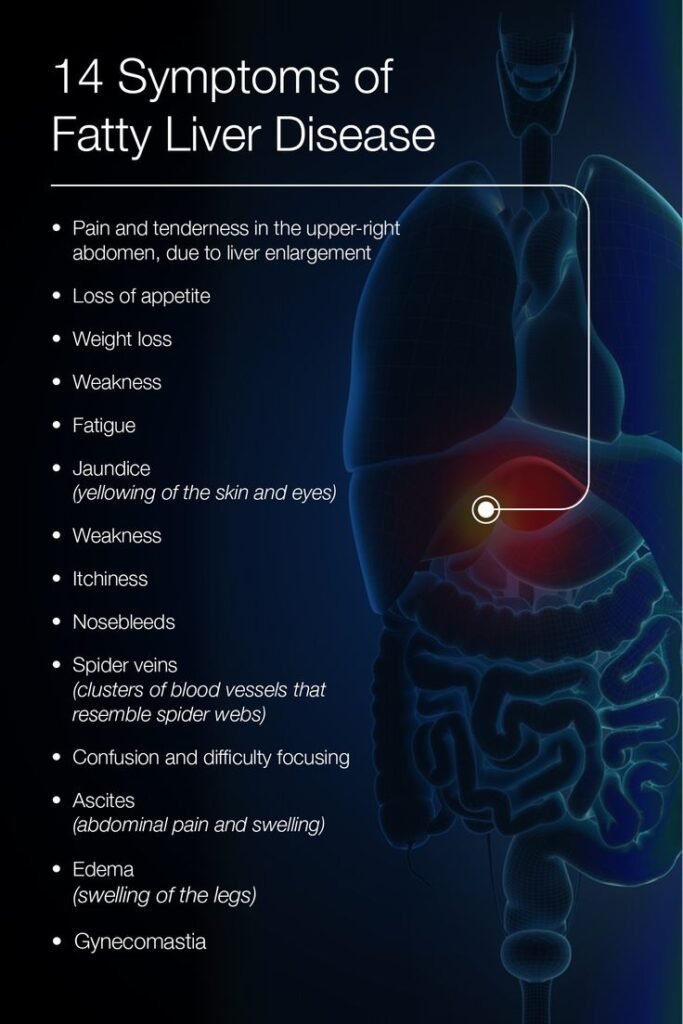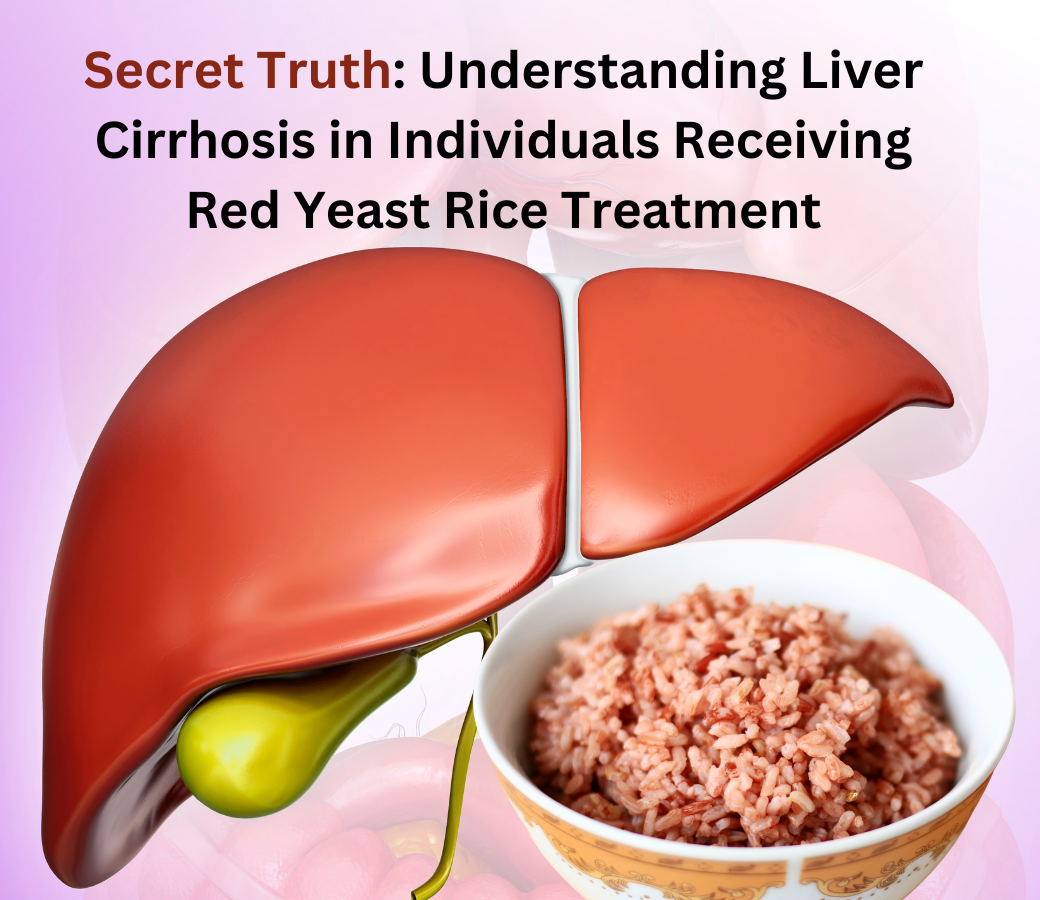Understanding Liver Cirrhosis in Individuals Receiving Red Yeast Rice Treatment
If left untreated, liver cirrhosis is a chronic liver disease that can cause serious health problems, including death. It happens when scar tissue replaces healthy liver tissue, impairing the liver’s normal function. Red yeast rice (RYR) supplement consumption and liver cirrhosis are associated with an increasing body of concern. This article will define liver cirrhosis, discuss how red yeast rice contributes to its development, and discuss risk management and mitigation strategies for patients and healthcare professionals.
Liver cirrhosis: What is it?

The last stage of chronic liver disease is liver cirrhosis. Fibrosis, or scarring, of the liver tissue is one of its defining characteristics. The liver is an essential organ that performs several crucial tasks, such as protein synthesis, detoxification, and the manufacture of chemicals required for digestion. Scar tissue forms as a result of the liver’s attempt at self-healing after injury. The formation of this scar tissue over time might damage the liver’s ability to operate by obstructing blood flow through it.
Liver Cirrhosis Causes
The following are the main reasons of liver cirrhosis:
Chronic Alcohol Abuse: Drinking too much alcohol over an extended period of time can seriously harm the liver.
Viral diseases such as hepatitis B and C can cause long-term inflammation and damage to the liver.
Non-Alcoholic Fatty Liver Disease (NAFLD): NAFLD can lead to cirrhosis and is frequently linked to obesity, diabetes, and high cholesterol.
Genetic Disorders: Iron and copper buildup in the liver, respectively, can result in cirrhosis, and disorders such as hemochromatosis and Wilson’s disease can cause this.
Autoimmune Disorders: The immune system may target liver cells in autoimmune hepatitis.
Red yeast rice: what is it?

Red yeast rice is fermented using a particular strain of yeast known as Monascus purpureus, and it is used as a dietary supplement and traditional Chinese medicine. Because of its alleged health benefits, which include decreasing cholesterol, it has been used for millennia. Several substances found in red yeast rice are called monacolins, and they share chemical similarities with statins, a family of medications that are frequently used to decrease cholesterol.
Rice with Red Yeast: Advantages
Red yeast rice’s capacity to lower cholesterol is its main advantage. The primary cause of this is the presence of monacolin K, a substance that is exactly the same as the active component of the pharmaceutical medication lovastatin. Red yeast rice has the ability to significantly reduce LDL (bad) cholesterol levels and enhance heart health in general by blocking the enzyme HMG-CoA reductase. Furthermore, some studies indicate that red yeast rice may have anti-inflammatory and anticancer effects; however, further studies are required in these domains.
Red yeast rice and liver health: A relationship
Red yeast rice has a lot to offer, especially when it comes to controlling cholesterol levels, but there is still much to learn about its safety profile. Red yeast rice raises concerns since, similar to statins, it may induce liver damage in certain people.
The Liver Damage Mechanism
Red yeast rice is among the many drugs and supplements that the liver metabolizes. Certain substances may produce hepatotoxicity during this process, which could result in inflammation and damage to the liver. Red yeast rice carries comparable chemicals to statins, which are known to pose possible negative effects, including the possibility of liver damage.
Research and Case Studies for Understanding Liver Cirrhosis in Individuals Receiving Red Yeast Rice Treatment
Liver damage linked to red yeast rice consumption has been reported in a number of case reports and research articles. For example, a 2012 study that was published in the World Journal of Hepatology described a case of acute liver injury in a patient who was taking supplements containing red yeast rice. Similar results were reported in a 2008 study published in the Journal of Clinical Gastroenterology, highlighting the need for caution when treating those who already had liver disease.
How to Spot Liver Damage Symptoms
Patients on red yeast rice must be able to identify the early indicators of liver impairment. Among the symptoms could be

Fatigue: An ongoing state of exhaustion and low energy.
Yellowing of the skin and eyes is called jaundice.
Pain or discomfort in the upper right side of the abdomen is referred to as abdominal pain.
Vomiting and Nausea: Experiencing intense nausea and frequent vomiting.
Dark Urine: More than usual dark color in the urine.
Lighter-colored stools are referred to as pale stools.
As soon as any of these symptoms are noticed, it’s critical to get medical help.
Risk Elements and Safety Measures
Red yeast rice may pose a greater risk of liver damage to some individuals. Among them are:
People with Pre-Existing Liver Conditions: Unless specifically instructed to do so by a medical professional, people with cirrhosis, hepatitis, or other liver issues should avoid red yeast rice.
Heavy Drinkers: Drinking too much alcohol increases your chance of developing liver disease.
Older Adults: A reduction in liver function with age may make a person more vulnerable to hepatotoxicity.
People Who Take Several Medications: Polypharmacy can increase the risk of drug interactions and liver strain.
Suggestions for Patients and Medical Professionals
It is crucial for patients thinking about using red yeast rice supplements to speak with a healthcare professional first. These are some suggestions.:
Consultation: Before beginning any new supplement regimen, always get advice from a healthcare professional, particularly if you have any underlying medical concerns or are currently taking other prescriptions.
Monitoring: Liver function tests (LFTs) should be regularly monitored in order to identify early indicators of liver impairment. Physicians may advise individuals on red yeast rice to have LFTs on a regular basis.
Dosage: Follow specified dosage guidelines and refrain from exceeding authorized dosage ranges, as this may raise the possibility of adverse effects.
Consciousness: Recognize the signs of liver disease and get help if you experience any unfavorable symptoms.
Quality: To lower the possibility of contamination and guarantee constant dosages of active ingredients, select premium red yeast rice supplements from reliable producers.
Different Methods
Those who are susceptible to liver damage or who take red yeast rice and have adverse reactions may need to use different methods of controlling their cholesterol levels. These may consist of:

Dietary changes: Implementing a heart-healthy diet rich in fruits, vegetables, whole grains, and lean proteins can lower cholesterol levels.
Exercise: Engaging in regular physical activity helps increase HDL (good) cholesterol and decrease LDL cholesterol.
Prescription Drugs: In certain circumstances, using prescription drugs might be a safer and better course of action. Based on each patient’s particular needs, medical professionals can suggest alternatives.
In summary
Red yeast rice has potential advantages in lowering cholesterol, but there are drawbacks as well, especially in terms of liver health. In order to make sure that using supplements is safe and effective, patients and healthcare professionals must collaborate to assess the risks and benefits. To avoid problems like liver cirrhosis, it’s crucial to have regular monitoring, follow prescribed dosages, and have a complete awareness of any possible side effects. Patients can make educated decisions about their health and well-being by being proactive and knowledgeable.

